Editors’ Picks




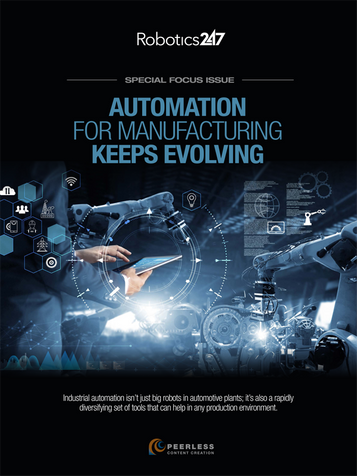
Found in Robotics White Papers & Archives, with a score of 2.53
…so you’ll need to assess tasks and processes before picking the right tools. Robotics Can Boost Business Recovery From COVID-19, Says IFR President Human-Machine Interaction Is Still Evolving, Note Global Robot Cluster Panelists Yearly Non-Automotive Robotic Orders Surpass Automotive Ones for the First Time Robots Rise to Help Humans in Metalworking Precise Motion Control Gives Robots New Degrees of Freedom Manufacturing, Logistics, and Robots: 5 Big Things to Know and Watch The Future of Manufacturing Is Automated and Autonomous
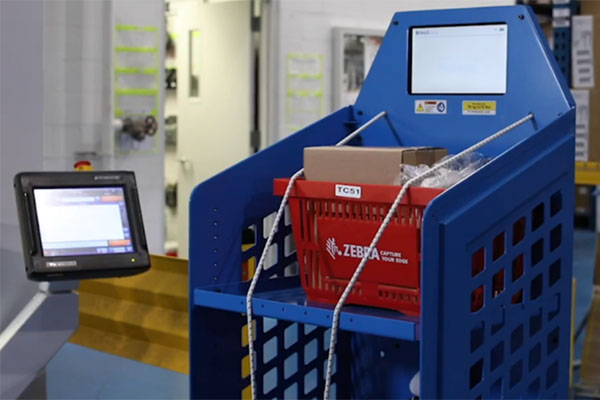
Found in Robotics News & Content, with a score of 2.48
The COVID-19 outbreak has brought new realities to light that, just a few months ago, seemed unimaginable. Stay-at-home orders are keeping many people close to home. And social distancing – along with frequent cleaning of technology devices, hands, and surfaces – is widely accepted as the new norm. That doesn’t mean that adopting these new precautionary measures has been easy, though. Social distancing is not just about avoiding gatherings with friends and family, closing schools, or working from home. A strict physical distance must be kept in order to prevent the spread of contagions. Yet, front-line workers in healthcare, public…
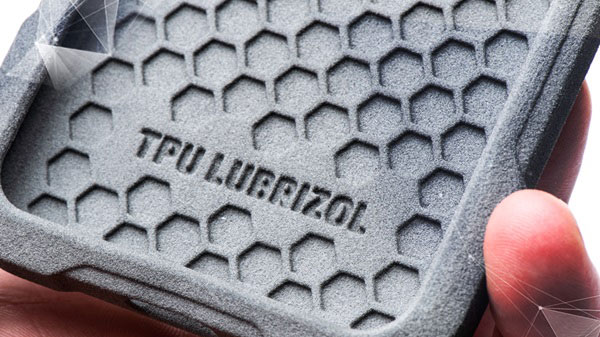
Found in Robotics News & Content, with a score of 2.45
…shortages for personal protection equipment needed to battle the COVID-19 pandemic. “After first developing a new innovative powder TPU for use with the market leading HP 3D printing platform, it is a great step forward for this material to pass this skin sensitivity testing protocol,” David Pascual, Lubrizol’s global commercial 3D Printing lead, says. Pascual adds, “This will benefit product designers who are developing applications that require skin contact including personal protection devices so urgently needed right now to protect responders and caregivers fighting the COVID-19 battle. TPU’s versatility, durability and barrier properties bring value in these vital applications.” Skin…
Found in Robotics News & Content, with a score of 2.41
…a Technology Corps A Resilient Manufacturing Advisory Council “The COVID-19 pandemic crisis response has shown the challenges for the U.S. manufacturing supply chain in meeting emergency and surge response needs,” IACMI CEO John Hopkins says. “Greater adaptability and resilience of the domestic manufacturing base is necessary for our national security and global competitiveness.” National Manufacturing Guard Background In response to the dimpact of the COVID-19 pandemic on U.S. manufacturing, including the challenges uncovered related to the security and responsiveness of manufacturing supply chains in our country, the CEOs of all 15 Manufacturing USA Institutes have created a decisive set of…
Found in Robotics News & Content, with a score of 2.34
…& Region): Insights & Forecast with Potential Impact of COVID-19 (2022-2026)” report, the global collaborative robot market is expected to reach $1.6 billion in 2023, growing at a CAGR of 26.12% during the forecast period. The Asia Pacific region, which includes countries like China, Japan, South Korea, India, and others, is a dominant player in the global collaborative robot market, accounting for nearly half of the market share. The projected growth is driven by the presence of both global and domestic players, with China being a particularly significant contributor. Additionally, factors such as an aging population and rising labor costs…
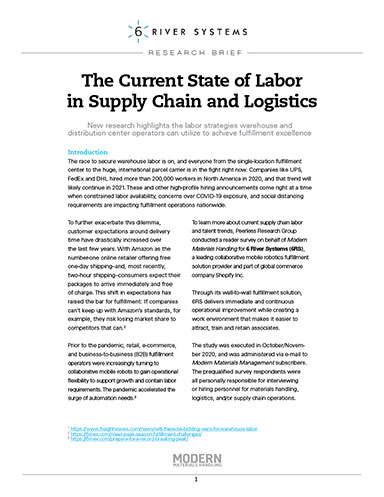
Found in Robotics White Papers & Archives, with a score of 2.33
…at a time when constrained labor availability, concerns over COVID-19 exposure, and social distancing requirements are impacting fulfillment operations nationwide. To further exacerbate this dilemma, customer expectations around delivery time have drastically increased over the last few years. With Amazon as the number-one online retailer offering free one-day shipping–and, most recently, two-hour shipping–consumers expect their packages to arrive immediately and free of charge. This shift in expectations has raised the bar for fulfillment: If companies can’t keep up with Amazon’s standards, for example, they risk losing market share to competitors that can. Prior to the pandemic, retail, e-commerce, and business-to-business…
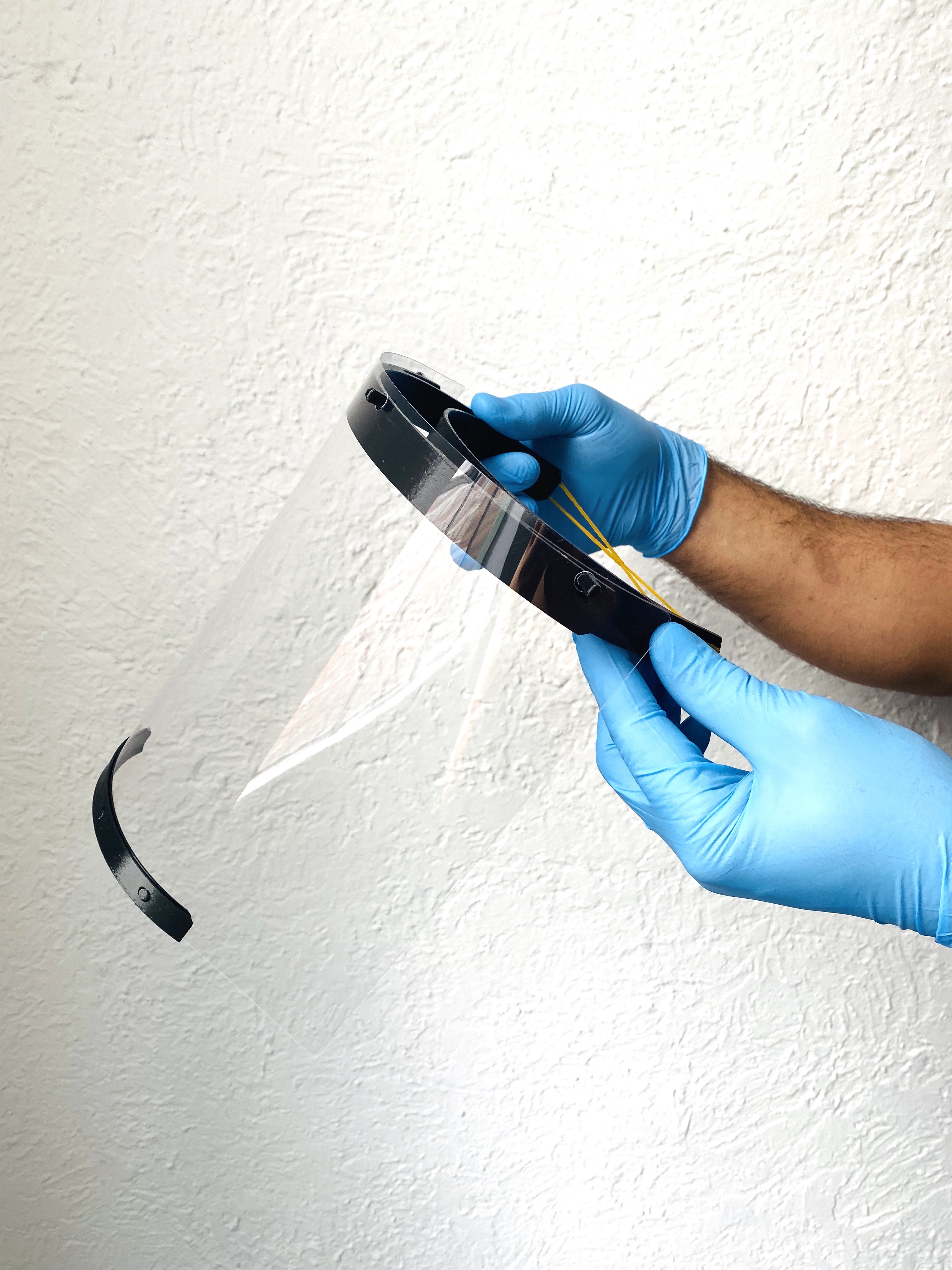
Found in Robotics News & Content, with a score of 2.26
One of the many laudable essential workers of the COVID-19 era is proving to be 3D printing technology, which is being harnessed in force to churn out face masks and face shields, all of which have been in short supply for the duration of the global pandemic. Across the world, 3D printing technology providers and service bureaus are teaming up with government agencies, hospitals, and corporate enterprises in myriad public-private partnerships to coordinate and build open-source medical supplies in response to COVID-19. For its part, the Food and Drug Administration (FDA) is facilitating public use of 3D printing technologies to…

Found in Robotics News & Content, with a score of 2.24
Even before the COVID-19 pandemic, hospital-acquired infections were a serious concern because of antibiotic-resistant pathogens. Numerous companies have developed disinfection robots to address the demand, and a few have partnered to offer systems to healthcare customers. UVD Robots today said it is working with Ecolab Inc. to distribute its UV-C systems worldwide. “We are thrilled that this collaboration now expands to benefit healthcare facilities on a global scale,” stated Per Juul Nielsen, CEO of UVD Robots. Founded in 2016, UVD Robots is a subsidiary of Odense, Denmark-based “venture factory” Blue Ocean Robotics ApS. It was based on research conducted by…
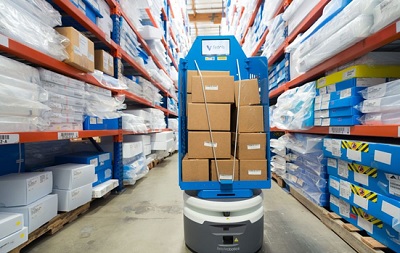
Found in Robotics News & Content, with a score of 2.20
…to learn about submitting a column for consideration. ————- COVID-19 has affected businesses in wildly divergent ways. While the pandemic’s effects have brought service and hospitality businesses to a halt, companies producing vital healthcare and personal protective equipment or household staples and consumer electronics have seen skyrocketing demand. For the manufacturers, warehouses, and logistics firms that produce and distribute these goods, there is an urgent need to step up operations to meet increasing product demand without risking the health of their employees. Finding and maintaining these employees, however, is a growing challenge. Even before the pandemic, manufacturers and distributors found…

Found in Robotics News & Content, with a score of 2.14
…to help employees return to them safely during the COVID-19 pandemic. “DoorDash is fully committed to the safety and security of its employees and workplaces,” stated Chris Cherry, head of global safety and security at DoorDash. “By placing leading technologies and data at the center of our workplace strategy, we have been able to achieve our safety and security objectives while simultaneously fostering the curated experiences that drive human connection and innovation.” Founded in 2013, DoorDash connects consumers with local businesses in 27 countries. The San Francisco-based company has worked with Starship Technologies for delivery services. Last year, DoorDash acquired…
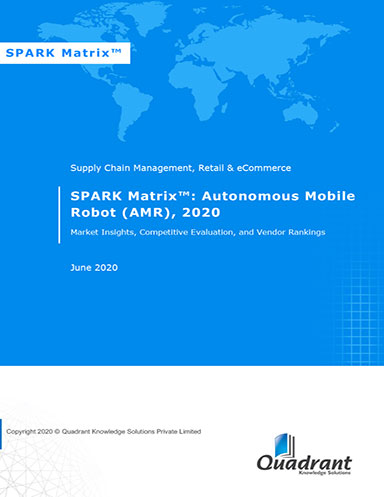
Found in Robotics White Papers & Archives, with a score of 2.12
…market position. Key research findings Considering the impact of Covid-19, Quadrant research has revised the growth estimates and market forecast for the global AMR market. The global AMR market, which has grown by 70.5% in 2019, is expected to grow at a compounded annual growth rate (CAGR) of 62.5% from 2020-2025. The AMR market is valued at $812.8 million in 2019 and is expected to reach $14.98 billion by 2025. Competition dynamics & trends 6 River Systems, Geek+, IAM Robotics, Locus Robotics, and inVia Robotics are amongst the top performers and technology leaders in the 2020 SPARK Matrix analysis of…
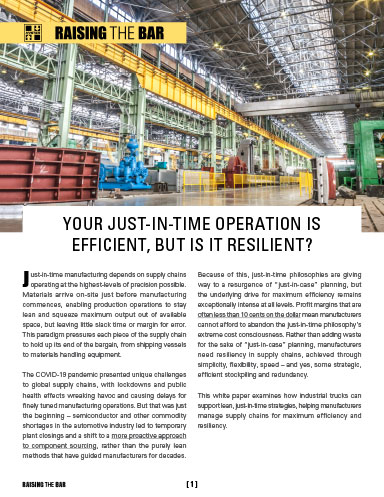
Found in Robotics White Papers & Archives, with a score of 2.07
…bargain, from shipping vessels to materials handling equipment. The COVID-19 pandemic presented unique challenges to global supply chains, with lockdowns and public health effects wreaking havoc and causing delays for finely tuned manufacturing operations. But that was just the beginning – semiconductor and other commodity shortages in the automotive industry led to temporary plant closings and a shift to a more proactive approach to component sourcing, rather than the purely lean methods that have guided manufacturers for decades. Unique global events and related supply issues are spurring change in manufacturing. What was once a laser focus on the just-in-time paradigm…



